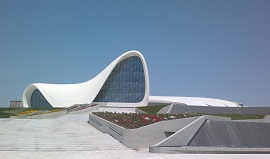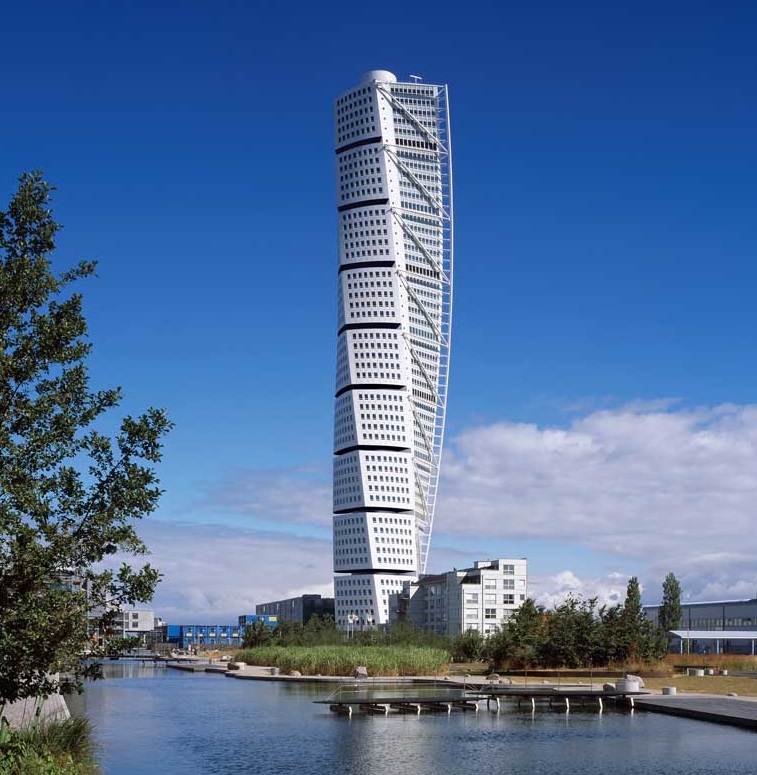Neo-futurism
Neo-futurism is a late-20th/early-21st century architectural style. It evolved out of high-tech architecture, developing many of the same themes and ideas. It is seen as a departure from the more skeptical and referential style of post-modernism, and more of an idealistic approach to the future. It aims to rethink the aesthetics and functionality of rapidly growing urban areas.
The movement has its origins in the mid-20th century structural expressionist work of the Finnish architects Alvar Aalto and Eero Saarinen, as well as the Danish architects Henning Larsen and Jorn Utzon, and other pioneers such as Buckminster Fuller.
Jean-Louis Cohen defined neo-futurism as ‘a corollary to technology, being the structures built today by products of new materials to create previously impossible forms’; whereas, Etan J. Ilfeld has written that neo-futurist aesthetics ‘generates the emergence of artistic modes that would have been impossible prior to computer technology.’
Neo-futurism incorporates urban design that is in touch with human emotions, eco-sustainability, ethical values, and the use of new materials and technologies.
Two of the architects most synonymous with neo-futurism are Zaha Hadid and Santiago Calatrava.
[edit] Related articles on Designing Buildings Wiki
Featured articles and news
RTPI leader to become new CIOB Chief Executive Officer
Dr Victoria Hills MRTPI, FICE to take over after Caroline Gumble’s departure.
Social and affordable housing, a long term plan for delivery
The “Delivering a Decade of Renewal for Social and Affordable Housing” strategy sets out future path.
A change to adoptive architecture
Effects of global weather warming on architectural detailing, material choice and human interaction.
The proposed publicly owned and backed subsidiary of Homes England, to facilitate new homes.
How big is the problem and what can we do to mitigate the effects?
Overheating guidance and tools for building designers
A number of cool guides to help with the heat.
The UK's Modern Industrial Strategy: A 10 year plan
Previous consultation criticism, current key elements and general support with some persisting reservations.
Building Safety Regulator reforms
New roles, new staff and a new fast track service pave the way for a single construction regulator.
Architectural Technologist CPDs and Communications
CIAT CPD… and how you can do it!
Cooling centres and cool spaces
Managing extreme heat in cities by directing the public to places for heat stress relief and water sources.
Winter gardens: A brief history and warm variations
Extending the season with glass in different forms and terms.
Restoring Great Yarmouth's Winter Gardens
Transforming one of the least sustainable constructions imaginable.
Construction Skills Mission Board launch sector drive
Newly formed government and industry collaboration set strategy for recruiting an additional 100,000 construction workers a year.
New Architects Code comes into effect in September 2025
ARB Architects Code of Conduct and Practice available with ongoing consultation regarding guidance.
Welsh Skills Body (Medr) launches ambitious plan
The new skills body brings together funding and regulation of tertiary education and research for the devolved nation.
Paul Gandy FCIOB announced as next CIOB President
Former Tilbury Douglas CEO takes helm.
UK Infrastructure: A 10 Year Strategy. In brief with reactions
With the National Infrastructure and Service Transformation Authority (NISTA).
























